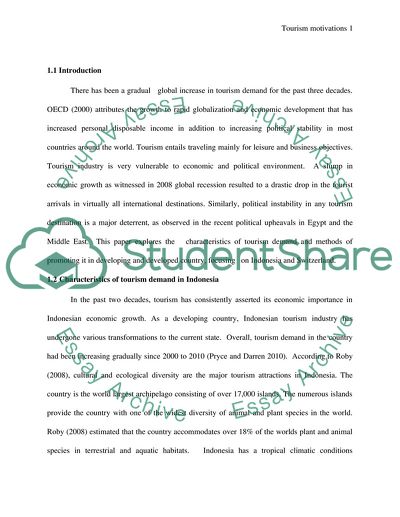Cite this document
(Tourism Demand in Indonesia Research Paper Example | Topics and Well Written Essays - 1750 words, n.d.)
Tourism Demand in Indonesia Research Paper Example | Topics and Well Written Essays - 1750 words. Retrieved from https://studentshare.org/tourism/1755899-motivation
Tourism Demand in Indonesia Research Paper Example | Topics and Well Written Essays - 1750 words. Retrieved from https://studentshare.org/tourism/1755899-motivation
(Tourism Demand in Indonesia Research Paper Example | Topics and Well Written Essays - 1750 Words)
Tourism Demand in Indonesia Research Paper Example | Topics and Well Written Essays - 1750 Words. https://studentshare.org/tourism/1755899-motivation.
Tourism Demand in Indonesia Research Paper Example | Topics and Well Written Essays - 1750 Words. https://studentshare.org/tourism/1755899-motivation.
“Tourism Demand in Indonesia Research Paper Example | Topics and Well Written Essays - 1750 Words”, n.d. https://studentshare.org/tourism/1755899-motivation.


